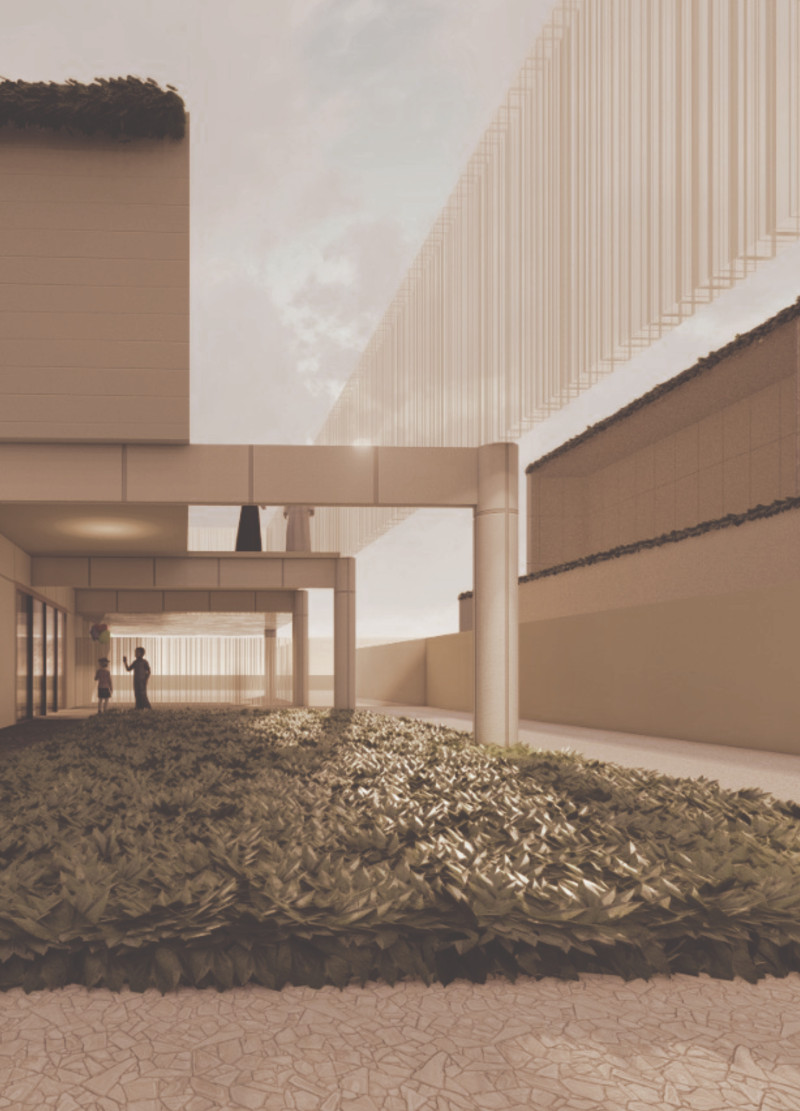5 key facts about this project
At its core, the project features an array of well-defined spaces tailored to serve specific functions. The layout is characterized by an open floor plan that encourages interaction and connectivity among various areas. Each zone is designed with purpose, from shared communal spaces to private quarters, facilitating a balance between social involvement and individual retreat. The integration of natural light is a significant element, as expansive windows frame scenic views, thereby blurring the lines between interior and exterior environments.
The choice of materials plays a vital role in expressing the identity of the project. The use of primarily sustainable materials not only speaks to current environmental considerations but also contributes to the tactile experience of the architecture. Materials such as locally sourced timber, recycled metal, and natural stone have been meticulously selected to resonate with the surrounding landscape while enhancing durability. This emphasis on materiality also promotes a sense of authenticity and connection to the location.
The architectural design includes several unique features that set it apart from typical projects. For instance, the incorporation of green roofs and living walls demonstrates a commitment to biodiversity while providing insulation and reducing energy consumption. These elements are not only aesthetically pleasing but also functional, as they support local biodiversity and enhance air quality within and around the structure. Furthermore, the thoughtful placement of outdoor spaces allows for seamless transitions from indoor to outdoor living, which is increasingly important in modern design.
Another notable aspect of the project is the careful consideration of the site’s geographic context. The design responds appropriately to local climate conditions, optimizing energy efficiency through passive design strategies. Features such as overhangs, thermal mass, and appropriate insulation levels are calibrated to adapt to seasonal variations, minimizing reliance on mechanical systems and reducing the overall carbon footprint.
Attention to detail is paramount throughout the project, with iconic architectural elements serving both decorative and functional purposes. The integration of technology is subtly woven into the design, allowing for smart home features that enhance the user experience without disrupting the overall aesthetic. This reflects a forward-thinking approach that acknowledges the importance of digital connectivity in contemporary living.
Through its comprehensive design strategy, the project stands as a testament to the possibilities inherent in modern architecture. By prioritizing sustainability, function, and a deep understanding of user needs, the design contributes positively to the architectural landscape and the community it serves. It engages with its surroundings in a respectful manner, encouraging exploration and appreciation of the built environment.
For those looking to delve deeper into this architectural endeavor, exploring the architectural plans, architectural sections, and architectural ideas presented will provide further insights into the nuances and intricacies of the project. By understanding the various elements that comprise this design, one can appreciate the thoughtful decisions made throughout the development process and their impact on the overall experience of the space.






















